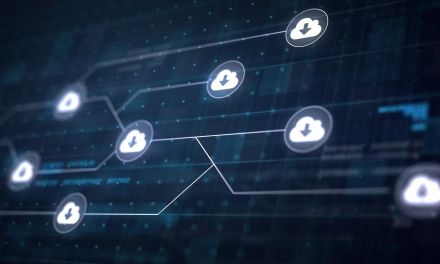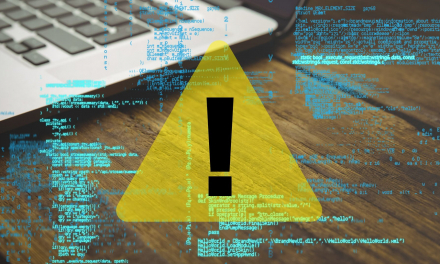At least one data analysis has shown that automation and generative AI was behind more Dark Web Cybercrime-as-a-Service offerings in 2024
Based on its processing of “millions of transactions processed around the globe from January to December 2024”, an identity verification and management firm has disclosed some of its data analysis in a report.
First, 30% of all identity fraud attacks analyzed had targeted social media in Q4, compared to a mere 3% in Q1. The payments industry was still the most targeted industry in the data, at 54% of attacks (Q1). Crypto industry attacks saw a decrease to 24% in the data compared to 2023 analyses. The general trend gleaned from the data is that social media platforms were a rising avenue for fraud and will need stronger regulations and fraud detection tools in place.
Second, within the data, APAC transactions analyzed led the pack as the epicenter of “mega” attacks (categorized as those with a “sudden burst” of 2–3 weeks and “slow burn” of 12 months), accounting for 88% of the global mega attacks recorded. The APAC mega attack breakdown included Vietnam (59%), Malaysia (13%), the Philippines (9%), Indonesia (5%) and Thailand (2%). Overall, mega attacks had doubled in size for 2024 data.
Third, the report authors have concluded that the year’s fraud data has shown that people have commoditized fraudulent activities by offering digital platforms that offer tools, templates and AI automation to scale identity fraud, deepfakes and cyberattacks to anyone willing to pay for malicious expertise.
According to Dan Yerushalmi, CEO, AU10TIX, the firm releasing its data findings: “Fraud-as-a-Service taken cybercrime to a new level, enabling coordinated mega attacks that now average over 8,000 incidents each. With AI-powered tactics like deepfake selfies and synthetic identities, traditional defenses are being pushed to their limits. But with challenges come opportunities. By embracing smarter fraud prevention strategies and layered defenses, businesses can get ahead of these threats and build stronger trust with their users.”


















